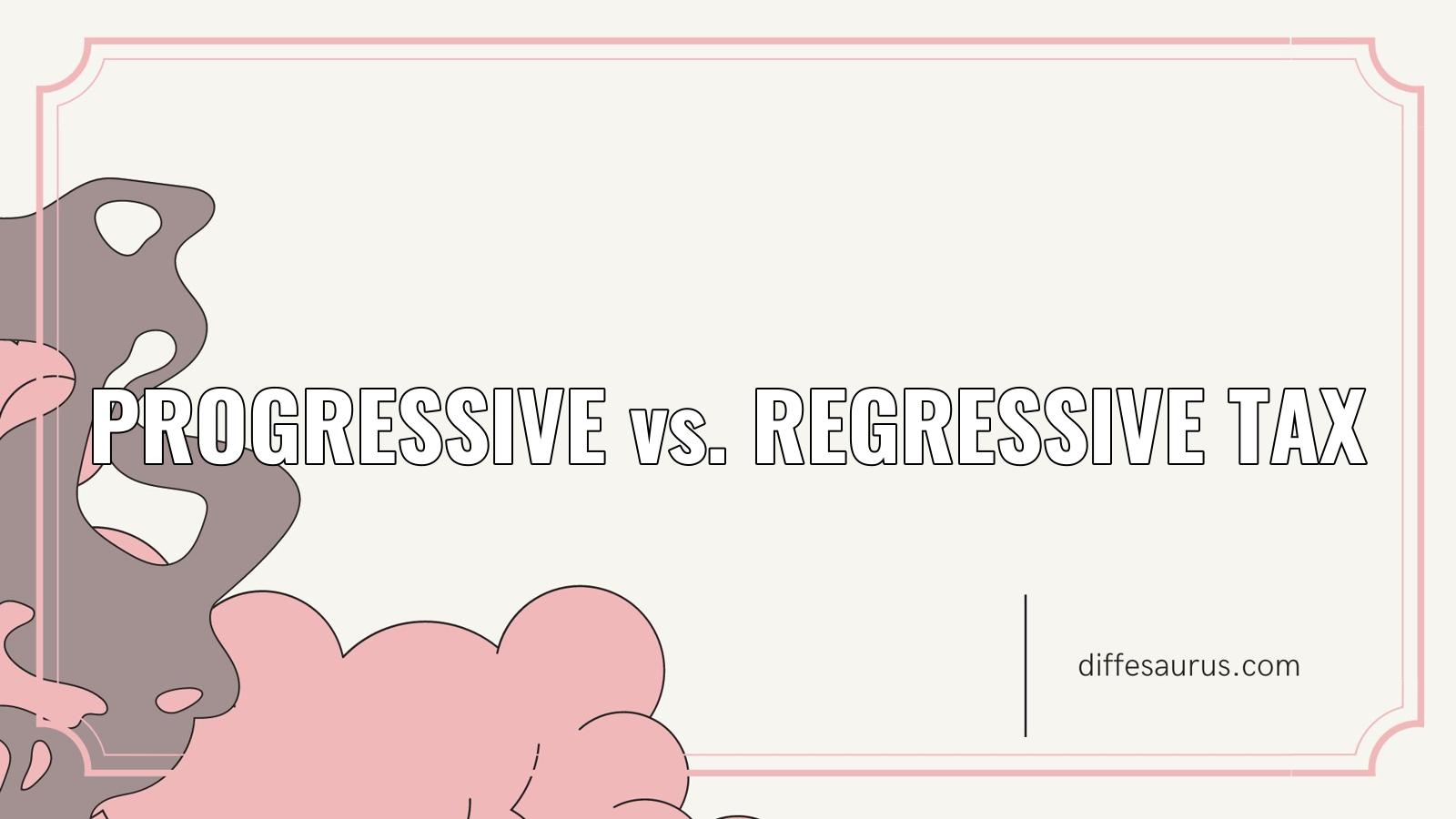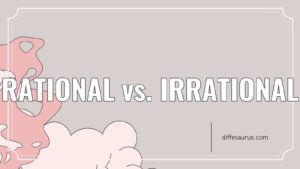A progressive tax takes a bigger percentage of income from taxpayers when their income increases. There are six different tax brackets for the federal income tax, ranging from 10% to 39.6%.
The progressive tax is a taxing mechanism in which the tax rate goes up with the amount of money being taxed. In progressive tax system, the tax is imposed on income or profit on the basis of increasing rate schedule, if the tax rate falls with the increase in the amount subject to tax. The tax is charged as a percentage of the asset purchased or owned by the assessee, as opposed to the regressive tax.
What is the difference between a progressive tax and a regressive tax give an example of each quizlet?
The American federal income tax is an example of a progressive tax, where the rich pay taxes at higher rates. A technical example would be sales tax, which has a higher percentage rate on low incomes than on high incomes.
What is a regressive tax example?
Tobacco, gasoline, and alcohol are some of the goods that are examples of specific regressive taxes.
What is the difference between a progressive and regressive tax which one is less equitable to those in the lower class and why 3 marks?
Decreased inequalities in income distribution are seen as a result of progressive taxes, whereas increased inequalities are seen as a result of regressive taxes.
What are the differences between proportional progressive and regressive tax systems as they relate to an economy’s built in stability?
What are the differences between the tax systems when it comes to an economy’s stability? A tax on income is called a regressive tax. Under a progressive and proportional tax system, tax revenues may rise or fall depending on GDP. The tax system should be more progressive.

What are the main differences between the flat regressive and progressive tax plans quizlet?
What are the differences between the three tax plans? The flat tax is the same for everyone, there is a progressive tax when the amount of money you make increases, and a regressive tax when the amount of money you make decreases.
What are examples of progressive and regressive taxes?
A sales tax is similar to a regressive tax. If two people buy the same bag of groceries, they both pay the same amount of sales tax. The poorer person pays more money in order to get groceries.
What is the regressive tax system?
A tax that decreases the tax burden with income is called a regressive tax. Middle- and high-income taxpayers pay less in tax than low-income taxpayers.
What makes a tax progressive or regressive?
Both progressive and regressive tax schemes can be characterized. Those with higher incomes are required to pay a higher percentage of their income in taxes. Regressive taxes require people with lower incomes to pay more in taxes.

What are the 3 types of tax systems?
Regressive, proportional, and progressive are the three main tax systems in the U.S. High- and low-income people are affected differently by two of these systems. Lower-income individuals are more likely to be taxed at a higher rate than higher-income individuals.
What is the difference between a progressive tax and a regressive tax tax avoidance and tax evasion?
The difference between a progressive tax and a regressive tax is that a progressive tax is based on income, while a regressive tax is applied uniformly.
What is progressive and regressive?
A progressive tax takes a bigger percentage of income from taxpayers when their income increases. There are six different tax brackets for the federal income tax, ranging from 10% to 39.6%. The progressive structure of most state income taxes is the same.
What are 2 examples of regressive taxes?
The burden of taxes on low-income people is increased. They take more money from the poor than they do from high-income people. Redistribution taxes include taxes on consumer goods, sales, gas, and Social Security payroll. Specific types of regressive taxes are pigouvian and sin taxes.



